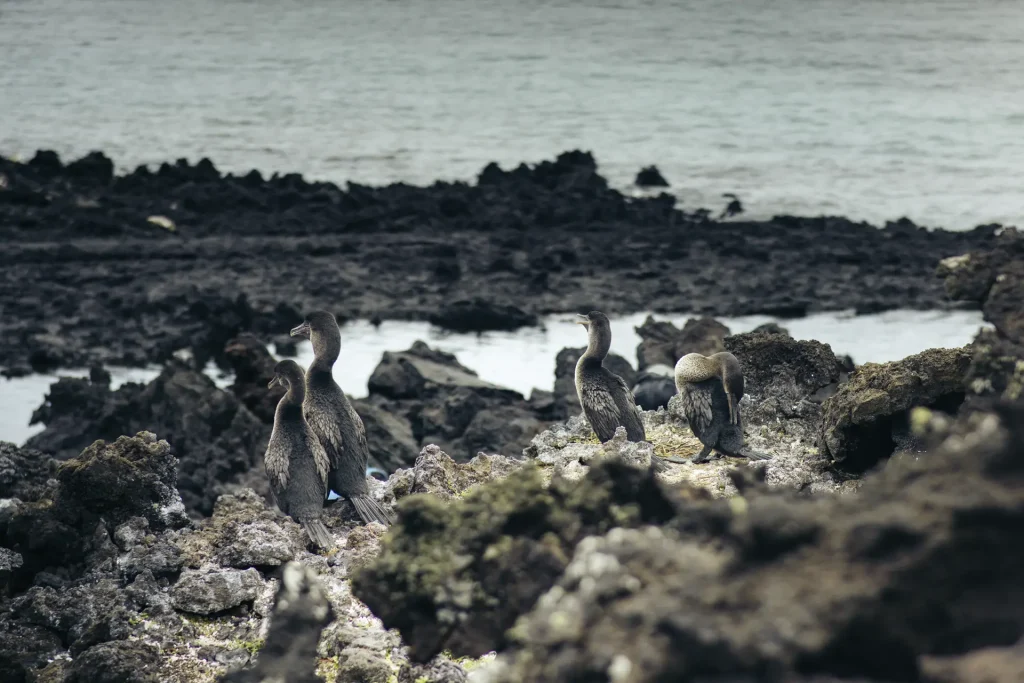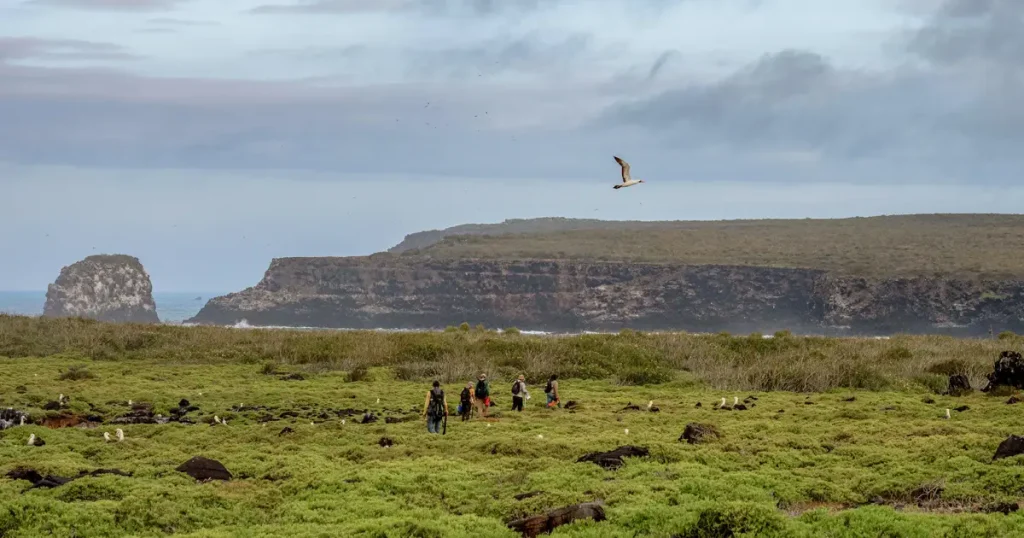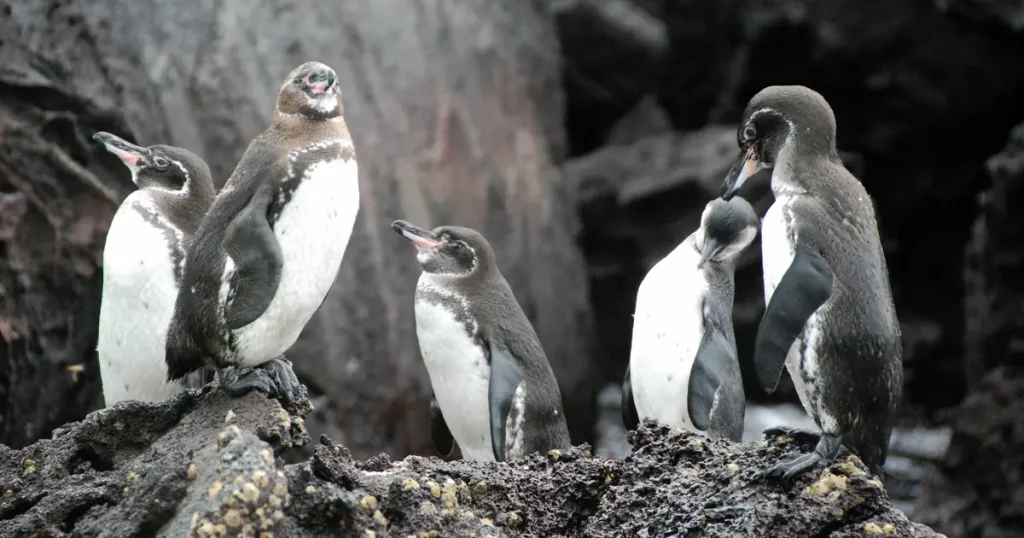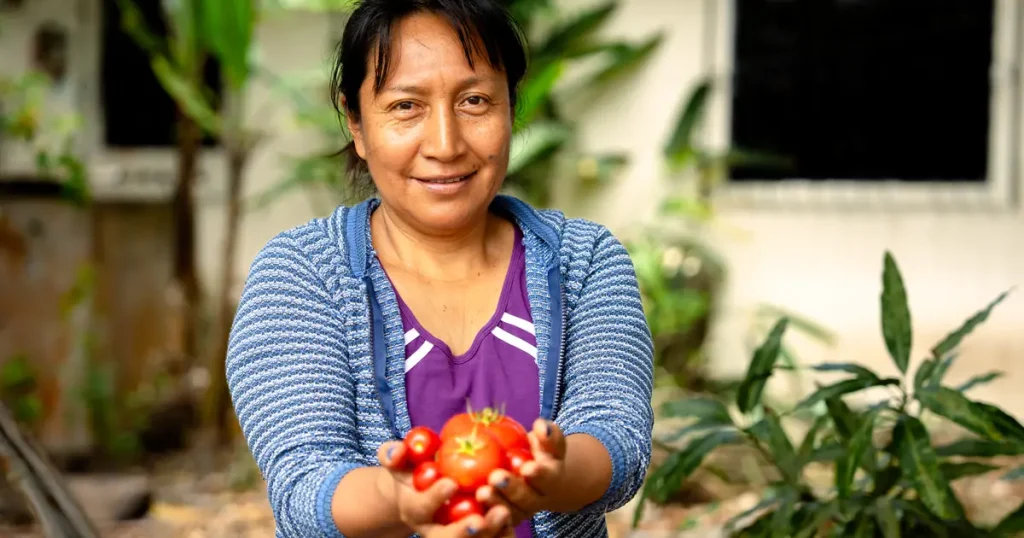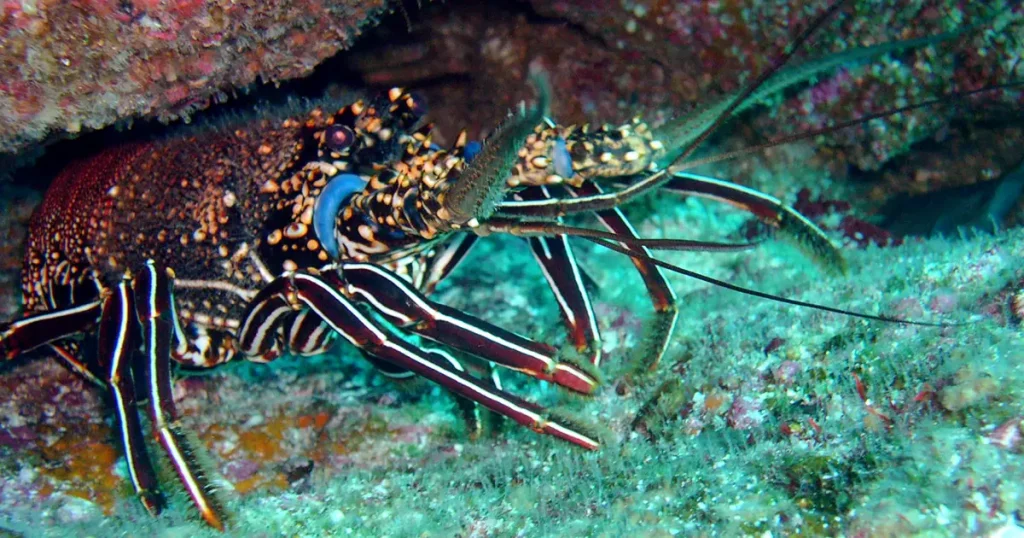The World’s Only Flightless Cormorant is Endemic to Galápagos
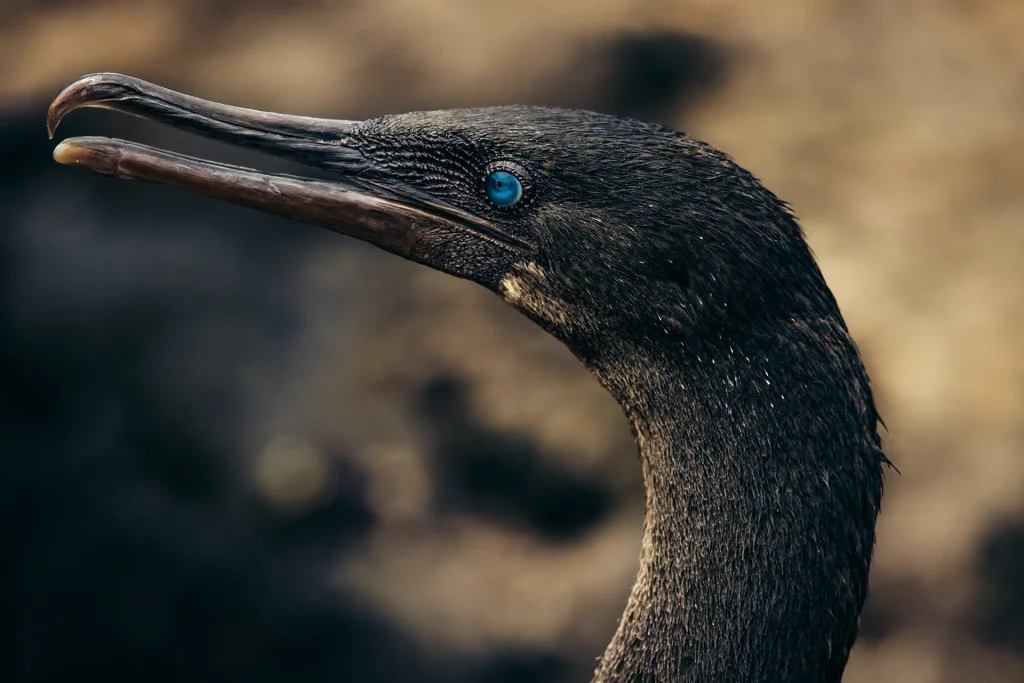
One of the most notable, but rarely seen, seabirds in the Galápagos Archipelago is the flightless cormorant (Phalacrocorax harrisi), an endemic species found exclusively along the coasts of Fernandina and Isabela Islands. These large, fish-eating birds are excellent divers, catching their prey by plunging below the surface and propelling themselves with their feet with help from their wings. Their wings are so specialized for “flapping” underwater that they are more like small fins, rendering the birds unable to fly through the air. Thus they have become the only flightless species among the world’s 40 or so species of cormorants.
Adaptation
The flightlessness of these birds is an adaptation to the Galápagos conditions, where the cormorant has no natural predators and plenty of food, allowing it to thrive without flying. Instead of flying, it has great diving skills and mainly eats coastal fish, octopuses, squids, and eels. It is quite active and often seen socializing on rocks along the seashore, where it gathers together to rest and dry out after hunting in the sea.
Reproductive Dynamics and Parental Behavior
The nesting season for P. harrisi usually occurs during the cooler period of the Archipelago, from July to October. During this time, there is an abundance of marine food sources. The female typically lays three eggs per clutch, but usually only one chick survives. Both the male and female parents take turns incubating the eggs and share the responsibilities of feeding and protecting the chicks. Once the chicks become more independent, the female leaves to find a new mate, while the male continues to care for the remaining chicks. Females can breed up to three times a year.
Conservation Status and Survival Challenges
The most recent count by the Galápagos National Park Directorate in 2022 estimated just 2,085 flightless cormorants in existence. The species is considered as vulnerable to extinction due to potential threats from predators such as snakes, owls, hawks, rats, cats, and sharks. Experts believe that the average lifespan of flightless cormorants is around 13 years, with some individuals living longer under more favorable conditions and fewer threats.
At Galápagos Conservancy, we understand the importance of protecting seabirds, including the iconic Galápagos flightless cormorant. The presence of flightless cormorants is a clear indicator of ocean health. Studying the population dynamics of these birds provides insights into how oceans respond to environmental and human impacts, highlighting the importance of flightless cormorants for marine ecosystem conservation and management.
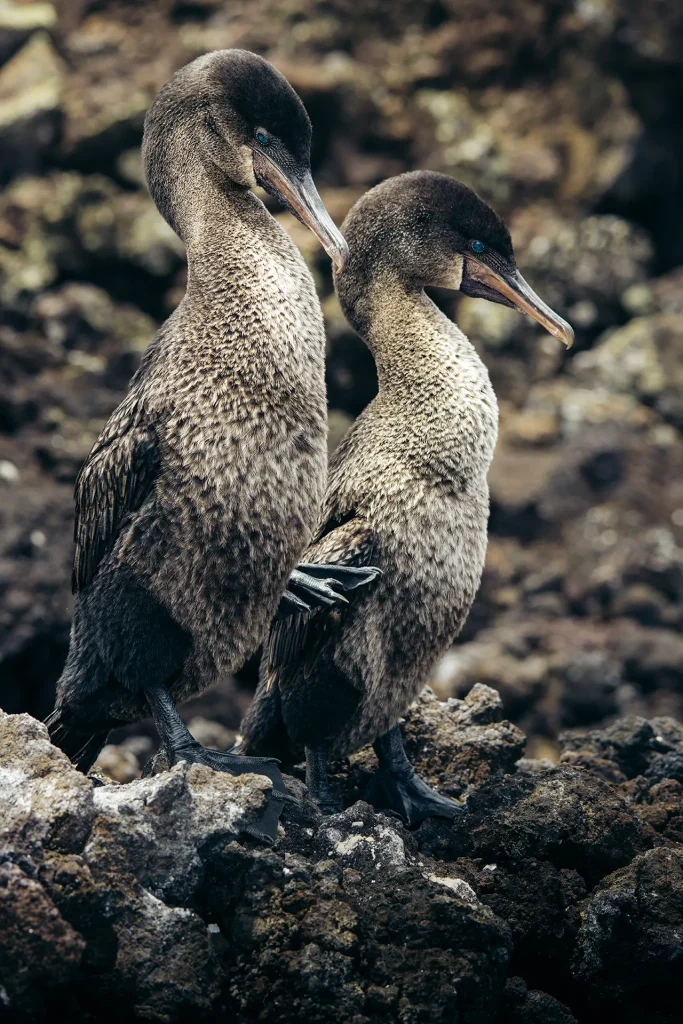
Despite their small population, flightless cormorants are key indicators of the health of the Galápagos marine environment. Protecting these unique birds is essential for maintaining the balance of their coastal habitats. Ensuring their survival supports broader conservation efforts and helps sustain the extraordinary biodiversity of the Galápagos Archipelago. By focusing on the flightless cormorant, we contribute to the well-being of this remarkable ecosystem and enhance its future resilience.
